5 Places on Earth We're Thankful For
Giving Thanks
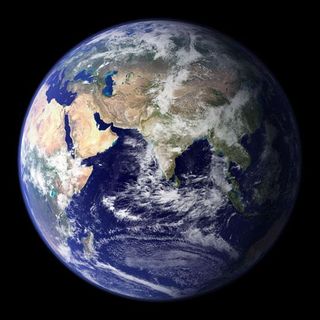
This Thursday, Americans celebrate Thanksgiving, reflecting on the things in our lives we're thankful for.
In the spirit of Thanksgiving, OurAmazingPlanet is taking a look at some of the places on Earth that nature has given humanity and the benefits they bring, outside of their beauty that we are most thankful for.
Great Barrier Reef
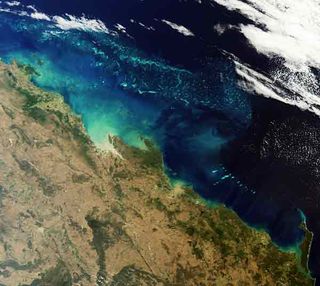
The Great Barrier Reef is the largest living structure in the world and the only one that can be seen from space.
While its beauty is familiar to many, it also hosts an astounding array of species and an incredible amount of biodiversity coral reefs like it are often called the "rainforests of the ocean." The U.S. National Oceanic and Atmospheric Administration notes that coral reefs support the most species per unit area of any of the planet's ecosystems.
The Great Barrier Reef is home to, as a small selection, 400 types of coral, 1,500 species of fish and 4,000 types of mollusk spread among 2,500 coral reefs of various sizes and 900 islands, according to UNESCO, which listed it as a World Heritage Site in 1981.
The richness of species makes the reef important both to scientists studying its species and to humanity in general, as biodiversity is critical to maintaining healthy ecosystems. Such ecosystems also confer economic benefit to humans by filtering air and water, for example, or providing healthy fish stock, according to The Economics of Ecosystems and Biodiversity project (hosted by the United Nations Environment Program).
Galapagos Islands
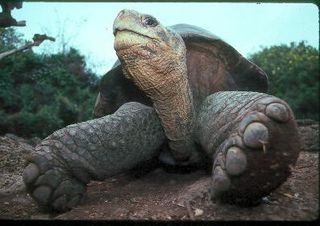
This tiny archipelago that sits some 600 miles (1,000 kilometers) from the coast of South America in the Pacific Ocean is home to an astounding array of rare and unusual species, many of which are found nowhere else in the world.
The islands' separation from the South American mainland over the eons meant the species of the Galapagos evolved in isolation, adapting to their environment, even from island to island. When Charles Darwin visited the Galapagos in 1835, he noted the specialization of the 13 endemic species of finches found there. The finches looked similar except for their unique beaks; species on different islands evolved differently shaped and sized beaks to take advantage of different food sources.
Darwin closely observed these birds, and it was his notes of their adaptations to their environments, which happened over successive generations, that helped the theory of natural selection coalesce in his mind a theory that underpins much of modern biology to this day.
Coastal Wetlands
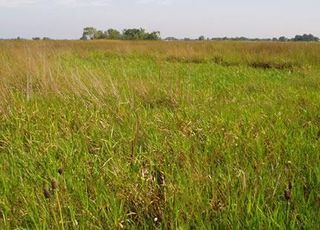
They aren't the most glamorous of Earth's ecosystems, but they are incredibly important and are found in coastal areas around the world.
Wetlands help to filter pollutants out of the waters that flow through them, giving humans and other animals access to clean water. Wetlands also provide habitat to many species, including some that are important to the seafood industry.
Wetlands also maintain coastlines and absorb the impacts of hurricanes and other storms, serving as something of speed bumps for storm surges. The loss of coastal wetlands in the New York City area contributed to the devastation wrought by Hurricane Sandy in 2012.
But wetlands are increasingly vulnerable to sea-level rise, human development and the rerouting and damming of tributary rivers.
Boreal Forest
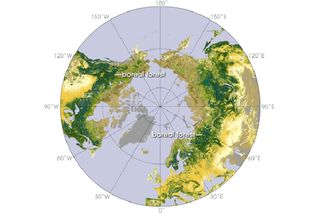
The boreal forests of the Far North are the largest terrestrial ecosystem on Earth, according to the National Resources Defense Council, forming a ring of evergreen trees around the Arctic.
This forest, found across the northern reaches of North America, Asia and Europe, represents a third of all the woodlands left on Earth. The extent of the forest makes it a significant carbon sink, storing 30 percent of all the terrestrially stored carbon on the planet.
The Amazon
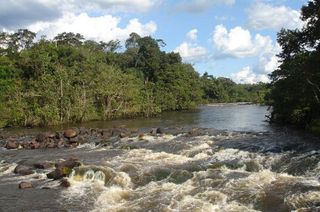
The iconic Amazon rainforest confers a number of benefits on humanity. Like the Galapagos and the Great Barrier Reef, the Amazon supports an astounding array of species and has an incredible degree of biodiversity. The rainforest is home to one in 10 known terrestrial species, many of which are found nowhere else on Earth and new species are discovered there all the time. Between 1999 and 2009 alone, researchers catalogued more than 1,200 new species there the equivalent of a new species every three days.
The Amazon is the world's largest remaining rainforest, and its trees under threat of deforestation by logging operations and agriculture store between 90 billion and 140 billion tons of carbon. This carbon-holding capacity makes the rainforest a valuable carbon sink at a time when greenhouse-gas levels have reached record highs.
The tremendous amount of photosynthesis that goes on in the rainforest produces some 20 percent of Earth's oxygen a very good thing for those of us who breathe it. All that oxygen production has earned the rainforest the moniker of the "lungs of the Earth."
Sign up for the Live Science daily newsletter now
Get the world’s most fascinating discoveries delivered straight to your inbox.













